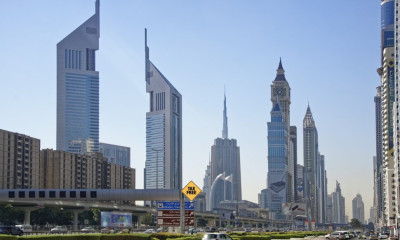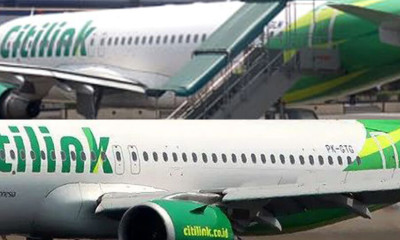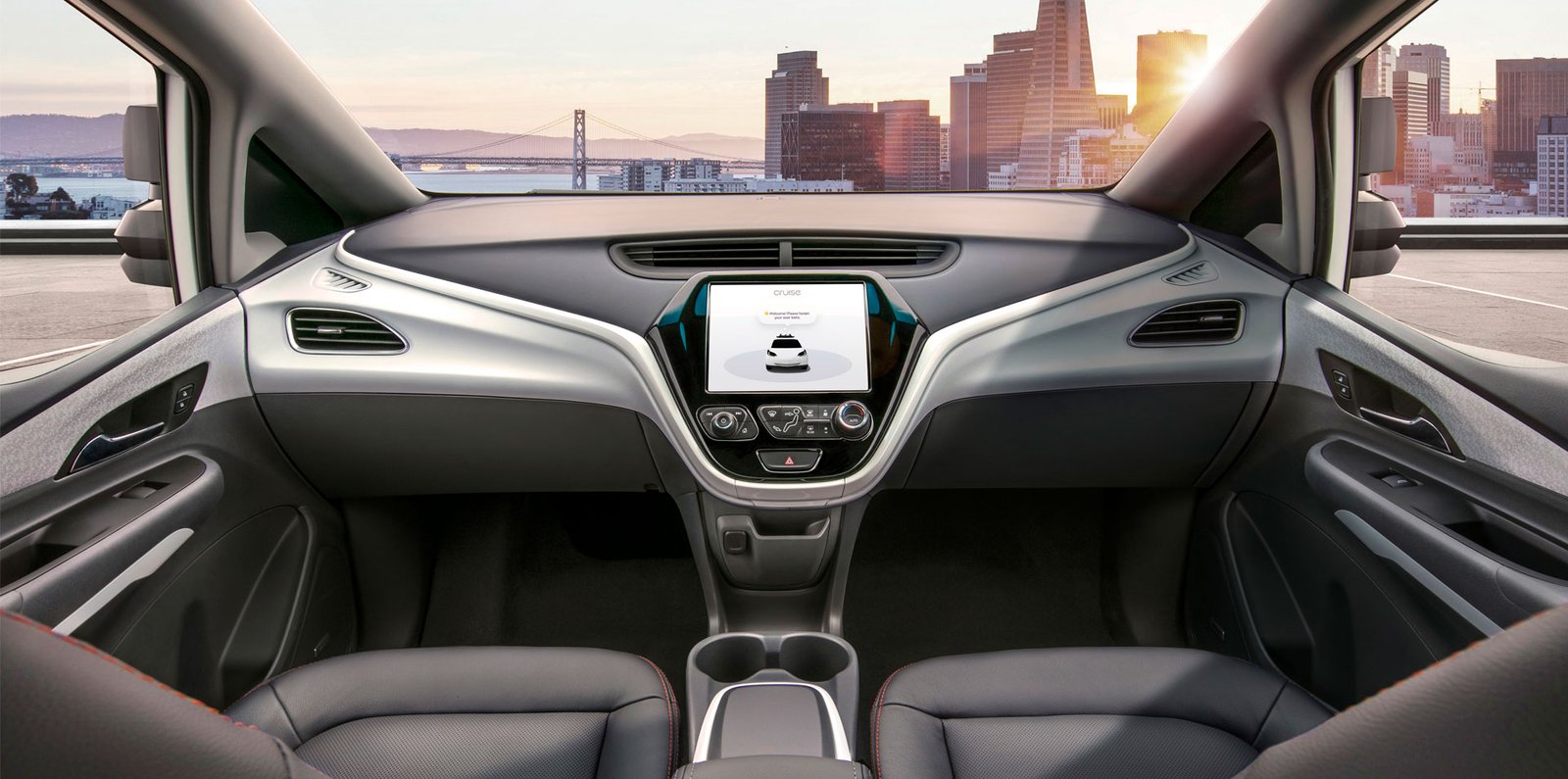
Q. Do you know when the world’ first self-driving concept car was unveiled?
A. At the New York’s World Fair in 1939, General Motors displayed the world’s first autonomous car concept. That’s more than 80 years ago.
Eighty-two years. That’s how long we have been trying to make self-driving cars our primary mode of personal commute. And it wasn’t just one car in an auto-pilot mode but a complete automated highway system guiding self-driving cars. Similar to an electric train, GM displayed an electric vehicle guided by radio-controlled electromagnetic fields generated with magnetised metal spikes embedded in the road.
The Autonomous Vehicle Technology is a reality today. It relies on GPS capabilities and advanced sensing systems that can detect lane boundaries, signs and signals, and unexpected obstacles. According to CB Insights, over 40 companies are in the race for developing road-worthy self-driving vehicles.
By one account, driverless tech will add $7 trillion to the global economy and save thousands of lives in avoided road crashes in the coming decades. The technology is getting widespread as improvisations make it tempting and safer – some estimates suggest that up to half of the automobiles rolling off the assembly lines globally will be autonomous by 2025.
Driverless tech will add $7 trillion to the global economy and save thousands of lives in avoided road crashes in the coming decades
Across the world, several companies like Ford, General Motors, Nissan, Tesla, Mercedes, and Honda, etc. have pumped billions of dollars into self-driving car technologies to offer improved radars, cameras, Lidars, maps and data management systems.
Several countries are working on regulations for self-driving cars ahead of the tech becoming the new normal. It has been forecasted that, by 2040, there will be more than 33 million driverless vehicles on the road. Around 55 per cent of small businesses expect to adopt self-driving car technologies in their operations within the next two decades.
The autonomous ‘cart’
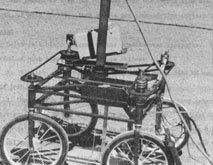
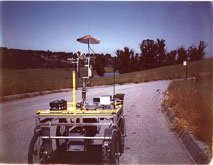

It wasn’t until 1961 that the first so-called ‘autonomous’ vehicle was introduced. The Stanford Cart could navigate around obstacles using cameras, but it needed up to 15 minutes to plan every one-metre move. The Cart was born as a research platform for studying the problem of controlling a Moon rover from Earth. It was later reconfigured as a robot road vehicle for research in visual navigation.
The Japanese improvised it using a camera system that relayed data to a computer to process images of the road. Germans carried out improvements a decade later fitting a vehicle with cameras that could drive itself safely at 56 miles per hour.
The self-driving vehicle concept remained confined to labs until Google launched a self-driving car project in 2009
But the self-driving vehicle concept remained more or less confined to labs and road tests over the years until the end of 2009 when Google launched a self-driving car project. Within 18 months, it built a system that could handle several of California’s toughest roads, including the famously winding block of San Francisco’s Lombard Street with minimal human involvement. The development of self-driving cars has picked up pace since then.
Tesla’s disruption promise
Electric carmaker Tesla introduced its Autopilot system in 2015, allowing some self-drive functions such as auto-braking. Today, six years later, its Autopilot features still require active driver supervision, which means the vehicles aren’t fully autonomous yet. The company says all new Tesla cars have the hardware needed in the future for full self-driving in almost all circumstances.
Tesla’s Autopilot still requires active driver supervision, which means its cars aren’t fully autonomous yet
In 2015, Uber poached scientists from Carnegie Mellon University, a robotics and AI powerhouse, for its project. That year, the US National Highway Traffic Safety Administration cited human error for 94 per cent of traffic accidents. By taking humans out of the equation, self-driving vehicles would make the roads much safer for all, it argued.
Waymo than you can imagine
Waymo, the company that emerged from Google’s self-driving car project, officially started its commercial self-driving car service in December 2018. A month earlier, Tesla debuted a feature called Navigate on Autopilot that gave its cars the ability to switch lanes to get around slower drivers or to leave the highway when it reaches its exit.
Waymo, the company that emerged from Google’s self-driving-car project, has accrued more than 20 million miles on public roads and 10 billion simulated miles
However, the human driver was required to keep paying attention to the road and remain ready to take control, if needed. Google’s project is one of the most tenured autonomous vehicle programs. Till March 2020, it had accrued more than 20 million miles on public roads and 10 billion simulated miles.
The self-driving company signed a deal with Fiat Chrysler Automobiles in July 2020 to develop a range of autonomous vehicles designed for moving goods, including cargo vans. The deal also covers other vehicles made by the Italian-American automaker, as well as those it might produce with France-based Groupe PSA if the planned merger of the two European giants goes through in 2021.
The China factor
By December 2019, China’s Baidu had 300 autonomous vehicles on the road and had logged over three million kilometres of urban driving. In August 2020, Baidu announced that its Apollo Computing Unit (ACU) was ready for use. The autonomous driving computer is capable of handling huge amounts of radar and camera data.
It will power a valet parking service called Apollo Valet Parking, similar to Tesla’s Summon feature. ACU will initially be deployed in electric vehicles built by the China-based carmaker WM Motor. Baidu has also entered a partnership with Zhejiang Geely Holding Group to equip Geely cars with self-driving technology provided by Baidu, including Apollo’s DuerOS. Tesla partnered with Baidu in January 2020 to use its mapping data for its vehicles in China.
According to McKinsey, China will account for over two-thirds of autonomous miles driven worldwide by 2040
In February 2020, the ridesharing company Lyft reached a major milestone when it crossed 100,000 rides of its autonomous passenger service in Las Vegas. The company currently services over 3,400 spots in Las Vegas, including the Los Angeles Convention Centre and McCarren International Airport.
The programme features a fleet of BMW 540s, retrofitted with Aptiv’s autonomous tech but with a safety driver present in the car. The company reported 98 per cent of the passengers who took the rides gave the service a five-star rating. It currently has autonomous driving operations in Boston, Las Vegas, Pittsburgh and Singapore.
In spring 2019, it added Shanghai in China, a country that is expected to account for over two-thirds of autonomous miles driven worldwide by 2040, according to global consultancy McKinsey.






































